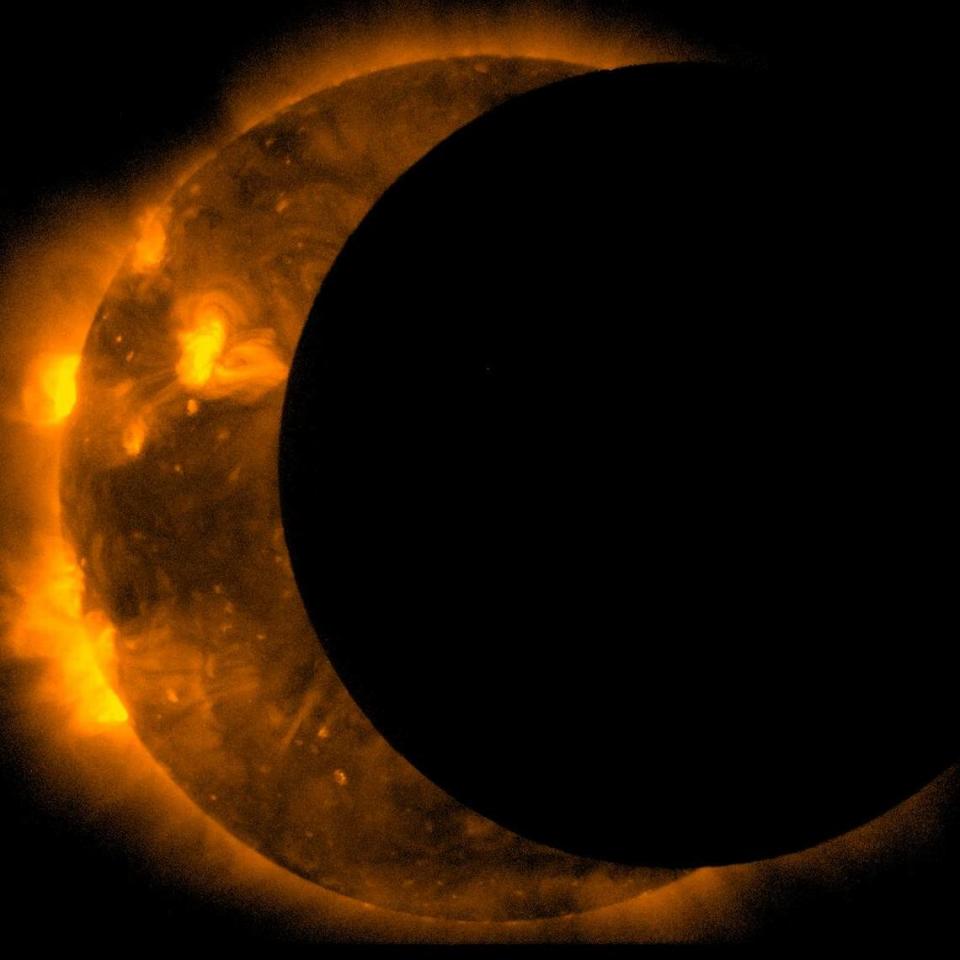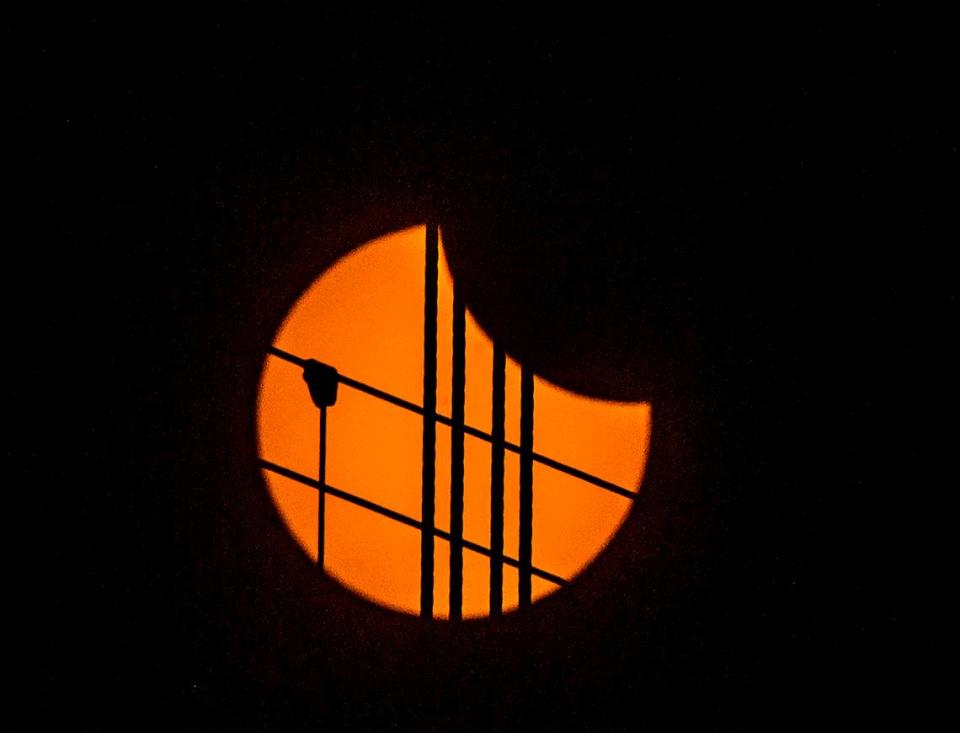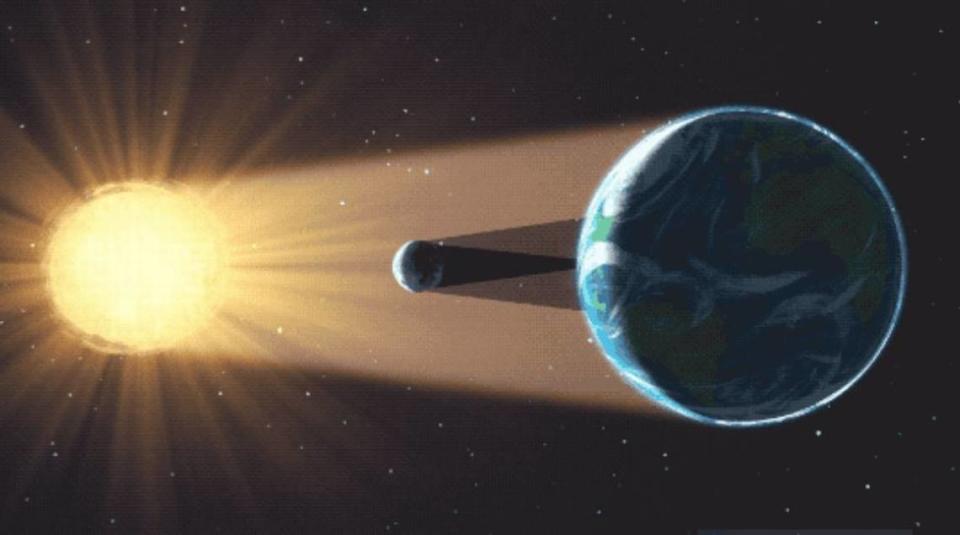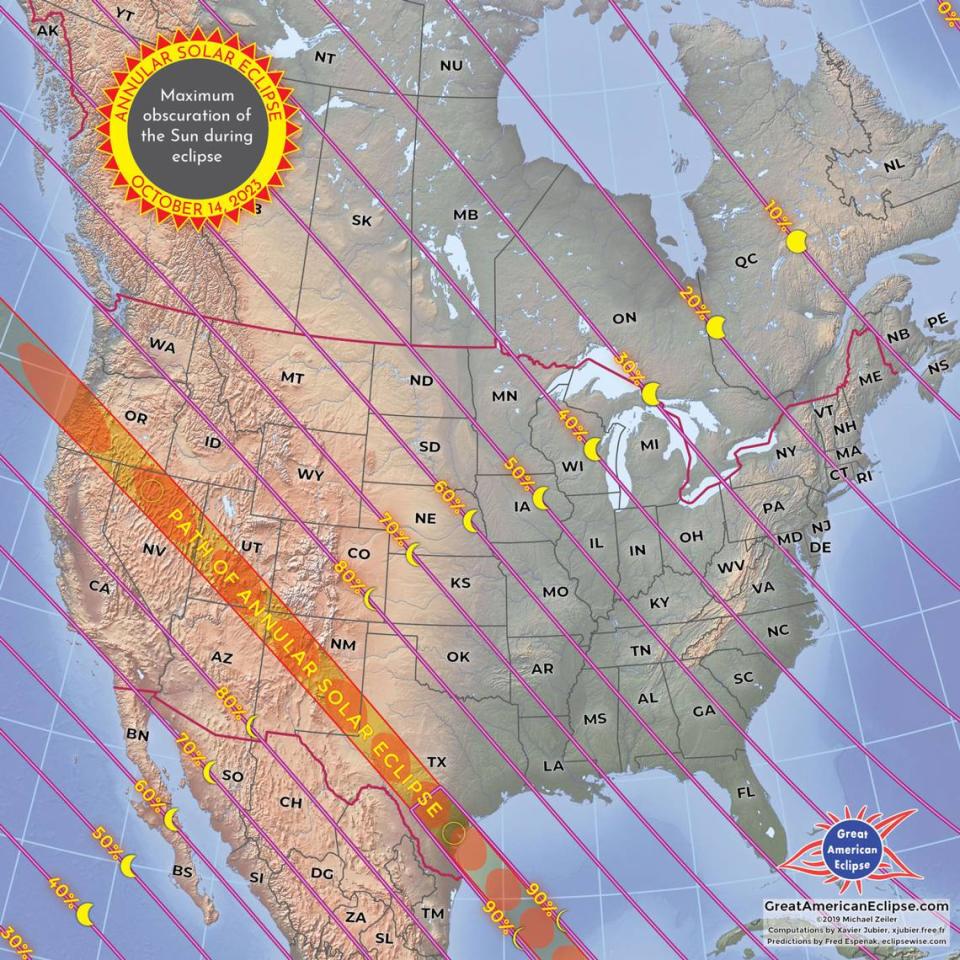Here’s the best time to see the solar eclipse in Fort Worth Saturday. Wear safety glasses
Stargazers across North Texas have been waiting for an annular eclipse to be visible again in the Lone Star State since 2012. Their patience will be rewarded Saturday.
In Fort Worth, the heavenly phenomenon will be visible at 11:52 a.m. Local weather forecasts also point to favorable conditions for optimal viewing.
“The weekend is shaping up to be quite nice with highs in the 70s and lows in the 40s and 50s. Skies should be cloud free for the solar eclipse on Saturday,” according to the National Weather Service Fort Worth office.
Fort Worthians will need to be ready if they want to view the annular solar eclipse, because it could be over in mere minutes. Also, NASA warns against looking into the sun directly during the eclipse. Find solar eclipse glasses approved by the space agency to avoid eye injury.

What time is best to see the solar eclipse in Texas?
The solar eclipse will be first viewable in the northwestern part of the United States in Oregon just after 9 a.m. on Oct. 14. The path will continue moving south across several western states such as Utah, Nevada and New Mexico.
El Paso will be the first Texas city to have a good view of the solar eclipse at about 10:40 a.m., according to National Eclipse. The rest of the Lone Star State will follow:
Lubbock- 11:44 a.m.
Fort Worth- 11:52 a.m.
Dallas- 11:52 a.m.
Austin- 11:54 a.m.
Laredo- 11:55 a.m.
Houston- 11:58 a.m.

When is the next solar eclipse?
Texans won’t have to wait long for the next solar eclipse.
On April 8, 2024, a total solar eclipse will cross over North America. However, this will be a total solar eclipse, meaning that the moon will pass between the sun and Earth, completely blocking the sun and leaving the sky completely dark like it would be at dawn or dusk, according to NASA.

What is an annular solar eclipse?
A annular solar eclipse happens when the moon passes between the sun and Earth, while at its farthest point from the Earth, according to NASA.
Since the moon is farther away from the Earth, it looks smaller than the sun and thus doesn’t cover the star. That’s what makes the this an annular or “ring of fire” eclipse, instead of a total eclipse which leaves the sky completely dark.
Can you look directly at the solar eclipse?
No, at least not with the naked eye.
Viewing any part of the solar eclipse can cause severe eye injury due to the nature of the sun’s brightness, according to NASA. If someone was to view the solar eclipse with the naked eye, camera lens, binoculars or even a telescope, they would sustain severe orbital injuries.
And don’t think regular sunglasses will do the trick, because they won’t. The only way to view the solar eclipse are with “eclipse glasses” or a handheld solar viewer.
People can purchase “eclipse glasses” here or make their own solar viewer at home.
The solar viewer is made by taking a cardboard box and putting a piece of white paper on the back inside wall, then making a pinhole on the other side of the box so light can pass through the hole and onto the paper. For more instructions from NASA on making the solar viewer, visit here.


 Yahoo Sports
Yahoo Sports 